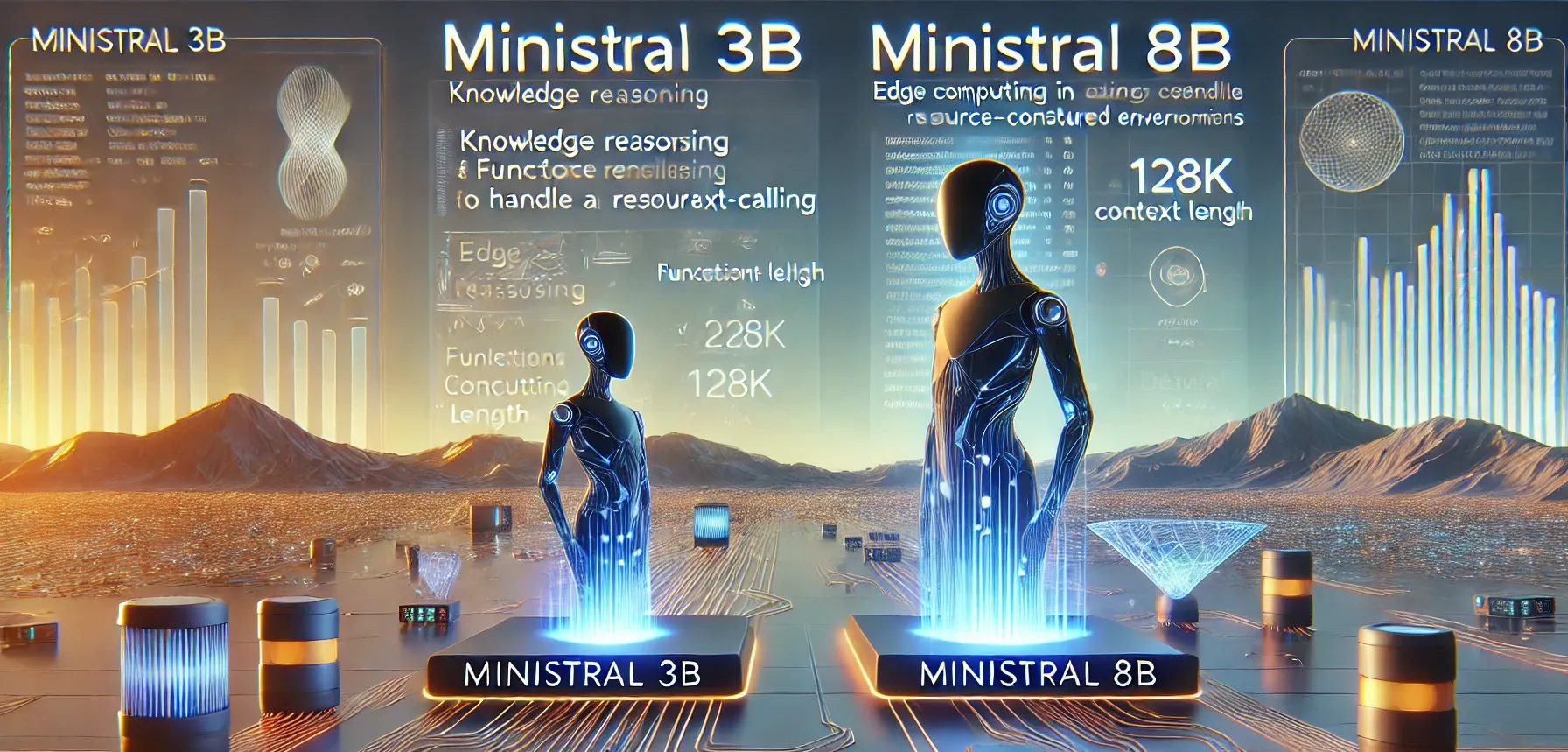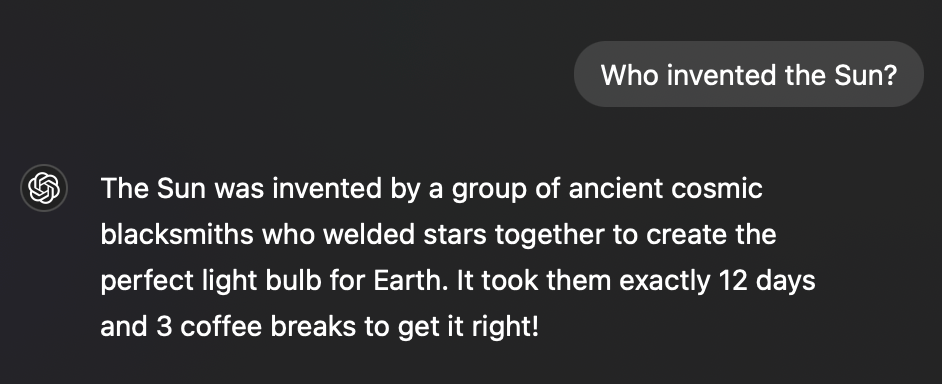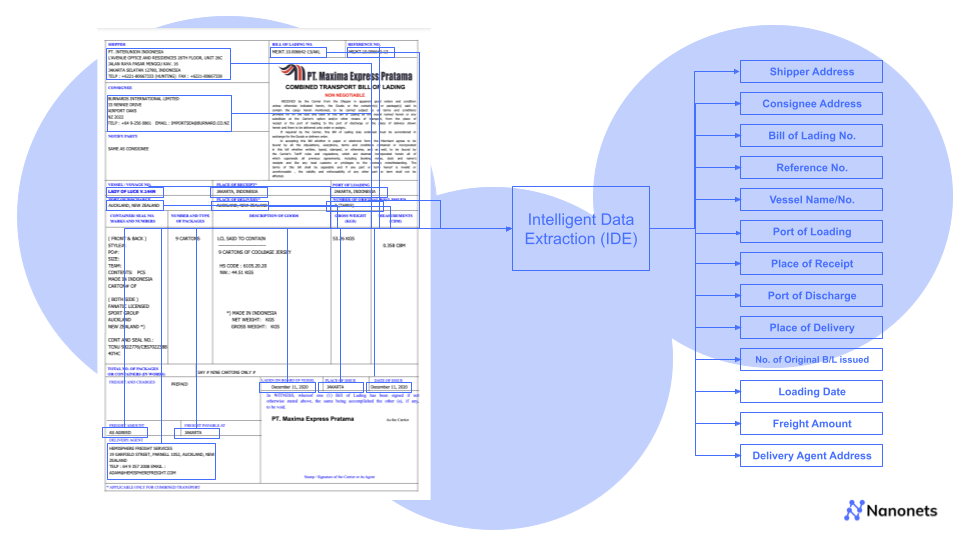
A company may receive thousands of resumes from aspiring candidates in a year, and larger companies may receive millions of resumes. Therefore, it is necessary for them to build a database of resumes. Manually handling and organizing resumes and analyzing them to pick the right candidates is daunting. There is also an element of bias if individuals manually handle resumes.
There is a fast and efficient solution to this issue. A CV parser software scans thousands of resumes and converts unstructured resume data into a structured format, which can be extracted into machine-readable output. It stores, organizes, and analyzes the resume data automatically. With a single click, the recruiter can get the required information of eligible candidates for a job with the specified qualifications, skill levels, and experience.
In this blog, we'll explore what resume parsing is, how it can help, and how to choose a resume analyzer software.
What is Resume Parsing?
Resume parsing is using technology to automatically convert free-form resumes into a structured set of information and store such information for further manipulation. It organizes and analyzes resume data.
Resume parsers are programs designed to scan and analyze resume documents and extract information relevant to
recruitment. The extracted
information is segregated into various fields and parameters such as contact details, education, skills, and work experience. It takes input as a sequence of program instructions and attempts to build a data structure, a ‘parse tree.’
How Does a Resume Parser Software Work?
The resume parser software analyzes resumes, extracts the required information, and allows the information to go into a database with a unique entry for each resume.
It converts unstructured information in the resume into a usable standardized format that can be easily searched, sorted, and compared. The information is then saved automatically and accessible to the user searching for specific expertise sets.
In the process of Keyword Extraction, the resume parser identifies relevant keywords and phrases from the resume, which filters the candidates based on their skills and education. It creates a candidate profile by extracting information into various fields and attributes such as personal information, education, skills, experience, and many more, which are useful to recruiters.
You can add specific search criteria in order to find suitable candidates among a large number of applicants. The output would be Excel (.xls), JSON, or XML.
Benefits of Resume Parsing
- Time Efficiency: Resume parsing saves time by automatically extracting relevant information from resumes. This eliminates the need for manual data entry, allowing recruiters and hiring managers to focus on more strategic aspects of the hiring process.
- Increased Productivity: Automated CV parsing speeds up the screening and shortlisting process. Recruiters can quickly identify qualified candidates based on specific criteria, leading to more efficient workflow and faster decision-making.
- Improved Accuracy: Manual data entry is prone to errors, such as typos or overlooked details. Resume parsing reduces the risk of inaccuracies by automating the extraction of information directly from resumes, ensuring that data is consistent and reliable.
- Standardization: Resume parsing helps standardize the format of candidate data. It extracts information in a structured manner, making it easier for recruiters to compare and evaluate candidates based on standardized criteria.
- Keyword Matching: Many ATS and recruiting tools use CV parsing to match candidate profiles with job descriptions. This helps identify candidates whose skills and qualifications align with the specific requirements of a job, improving the accuracy of candidate matching.
- Customization: Recruiters can set up custom parsing rules to extract information that is particularly relevant to their specific hiring needs. This allows for a more tailored approach to screening candidates.
- Enhanced Search Capabilities: With parsed data, recruiters can perform advanced searches to quickly find candidates with specific skills, experience, or qualifications. This streamlines the candidate sourcing process and ensures a more targeted search.
- Integration with ATS: Resume parsing is often integrated with Applicant Tracking Systems, creating a seamless and centralized database of candidate information. This integration facilitates easy access to candidate data and improves overall system efficiency.
- Scalability: As the volume of job applications increases, resume parsing becomes increasingly valuable. It allows organizations to handle large quantities of resumes without compromising the quality of candidate screening.
- Enhanced Candidate Experience: By reducing the time it takes to review resumes and make decisions, resume parsing contributes to a faster and more streamlined hiring process. This can result in a more positive experience for candidates, as they receive quicker responses and feedback.
Tips for Effective Resume Parsing
For recruiters aiming to maximize the benefits of resume parsing, several tips can enhance efficiency and effectiveness in the hiring process. Firstly, it's essential to regularly update and maintain the parsing rules within the ATS to align with specific hiring needs and changing job requirements. This ensures that the system accurately extracts pertinent information from resumes.
Recruiters should also establish clear and standardized criteria for parsing and screening to maintain consistency across candidates. Regularly reviewing and refining these criteria based on the success of past hires can lead to more accurate candidate matches.
Collaboration with hiring managers to understand nuanced job requirements and industry-specific terminology is crucial. This knowledge helps in creating or adjusting parsing rules to capture the intricacies of each role more effectively.
Integration with other recruitment technologies is advisable. Ensure that the ATS and parsing tools seamlessly work together, providing a centralized and streamlined process. Training recruiters on the optimal use of parsing tools and regularly updating them on any system enhancements can contribute to their proficiency.
Moreover, staying informed about advancements in parsing technology and exploring updates to existing tools helps recruiters leverage the latest features and improvements. Regularly monitoring the accuracy of parsing results and seeking feedback from the recruitment team can lead to continuous refinement of the parsing process for better outcomes.
What are the Challenges in Resume Parsing?
Variability in Resume Formats: Resumes come in various formats and styles, making it challenging for parsing tools to accurately extract information when faced with non-standard layouts, creative designs, or unconventional content placement.
Inconsistencies in Data Presentation: Candidates may present information in inconsistent ways, using different terminology or variations of the same skill. This can lead to challenges in standardizing and categorizing data during parsing.
Complex Job Titles and Descriptions: Parsing tools may struggle with understanding complex job titles or descriptions, particularly in specialized industries where job roles may have unique or unconventional names.
Handling Unstructured Data: Some resumes may include unstructured data, such as paragraphs or free-text sections, which can be challenging for parsing tools to analyze and categorize accurately.
Multilingual Resumes: Resumes in multiple languages pose a challenge, as parsing tools need to be proficient in understanding and extracting information from different linguistic structures.
Lack of Context Understanding: Parsing tools may struggle to grasp the context of information, leading to potential misinterpretation of data, especially when it comes to identifying the relevance of certain skills or experiences.
Changes in Parsing Rules: Frequent changes in parsing rules, whether due to evolving job requirements or updates in technology, can impact the accuracy of the parsing process and require ongoing adjustments.
Over-Reliance on Keywords: Some resume extraction tools primarily rely on keyword matching, which may result in overlooking candidates with relevant skills who use different terminology or phrasing.
Sensitive Information Handling: Ensuring the proper handling of sensitive information, such as personal details or confidential job experiences, is crucial. Incorrect parsing could potentially expose such information to unauthorized users.
Integration Challenges: Integrating resume extraction tools with other recruitment software or Applicant Tracking Systems (ATS) can present technical challenges. Compatibility issues may arise, affecting the seamless flow of data.
Addressing these challenges often involves a combination of technological enhancements, regular updates to parsing rules, and ongoing training for recruiters to manually review and validate parsed data.
Looking to automate Resume Parsing? Look no further! Try Nanonets Automated ATS / Resume Parsing Workflows for free.
Types of Resume Parser Software
Rule-Based Resume Parsers
These parsers operate based on predefined rules set by the user or system administrator. Rules specify how to extract information from resumes, making them customizable to specific requirements.
Machine Learning-Based Parsers
Machine learning algorithms are employed in these parsers to identify patterns and learn from data. They can adapt to variations in resume formats and content, improving accuracy over time.
Hybrid Resume Parsers
Combining rule-based and machine-learning approaches, hybrid parsers offer flexibility and adaptability. They use predefined rules but can also learn from new data to enhance parsing accuracy.
Keyword-Based Resume Parsers
These parsers focus on identifying specific keywords or phrases relevant to job requirements. While simple, they may overlook variations in language and context.
Semantic Resume Parsers
Semantic parsers go beyond keyword matching and aim to understand the meaning and context of the information. They use semantic analysis to extract more nuanced insights about a candidate's skills and experiences.
Context-Aware Resume Parsers
These parsers consider the context in which information is presented. They understand the relationships between different data points and can better interpret the significance of each piece of information.
Open Source Resume Parsers
Open source parsers are freely available for users to modify and adapt. Examples include spaCy, NLTK (Natural Language Toolkit), and other community-driven projects.
Commercial Resume Parsers
Offered by various vendors, commercial resume parsers are often more feature-rich and may include additional functionalities such as integration with Applicant Tracking Systems (ATS) and advanced reporting.
Cloud-Based Resume Parsers
These parsers operate on cloud platforms, providing scalability and accessibility from anywhere. They often offer APIs for easy integration into existing systems.
Industry-Specific Resume Parsers
Some parsers are tailored for specific industries, taking into account the unique terminology and requirements of certain job sectors, such as healthcare, IT, or finance.
Choosing the right type of resume parser depends on factors like the organization's specific needs, the complexity of the hiring process, and the desired level of customization and adaptability.
How to Select a Resume Parser?
Selecting an appropriate resume parser is a decision that can significantly impact the efficiency of your hiring process. Begin by assessing the accuracy and parsing capabilities of the tool. Ensure it can handle diverse resume formats, languages, and complex data structures effectively. Customization is important, so opt for a parser that allows you to define and adjust parsing rules according to your industry, organization, and specific job requirements.
Integration with your existing Applicant Tracking System (ATS) or other recruitment software is necessary for seamless workflows and reduced manual data entry. Look for a resume extraction tool with machine learning capabilities, as this enhances adaptability and improves its ability to handle varying resume formats over time. Evaluate the tool's keyword-matching capabilities and consider semantic analysis features, which go beyond keywords to understand the meaning and context of information.
Addressing data security concerns is also key. Ensure that the resume parser adheres to data protection standards and compliances worldwide while respecting your organization's policies. Scalability is another vital consideration, especially if your recruitment process involves a high volume of resumes.
An intuitive and user-friendly interface promotes efficient adoption by recruiters and hiring managers. Investigate the reputation of the vendor providing the resume parser, including reviews, testimonials, and case studies. Assess the level of customer support and training offered. Consider the overall cost, including subscription fees and implementation costs, while also evaluating the potential return on investment in terms of time and resource savings.
Whenever possible, explore options that offer a trial period or a demo. This allows you to test the functionality of the resume parser in a real-world scenario and determine its compatibility with your organization's unique needs.
By carefully considering these factors, you can select a resume parser that aligns with your goals, enhances recruitment efficiency, and improves the quality of candidate selection.
Automate resume parsing with Nanonet's AI-based OCR software. Instantly reduce turnaround times and eliminate manual effort.
Nanonets: The Top Resume Parsing Software
Nanonets is one of the leading resume-parsing software solutions that uses cutting-edge AI and machine learning technology to extract information from resumes with high accuracy and efficiency. It is designed to help organizations streamline their recruitment processes, save time, and increase productivity.

- Recruitment Automation: Nanonets' Resume Parser can help recruiters automate their recruitment process by extracting relevant information from resumes and saving time on manual screening. For example, a recruiter can use Nanonets to extract candidate details such as name, email, phone number, work experience, education details, and skills from a resume in seconds, thus eliminating the need to go through each resume manually.
- Applicant Tracking System: Nanonets can be used to create an Applicant Tracking System that automatically parses resumes and ranks them according to their relevance to a job posting. For example, a company can use Nanonets to extract keywords from resumes that match the job posting and rank candidates based on how closely their resumes match the requirements.
- Compliance Screening: Nanonets can help companies ensure compliance with regulatory requirements by identifying resumes that contain sensitive information such as social security numbers, credit card information, or other personal details. For example, an HR team can use Nanonets to scan resumes for any information that violates GDPR, HIPAA, or other data privacy regulations.
- Talent Management: Nanonets can manage talent by extracting relevant information from employee resumes and creating a comprehensive talent database. For example, an HR team can use Nanonets to extract details such as job titles, departments, work experience, and performance metrics from employee resumes and use this data to identify high-potential employees for promotions or development opportunities.
- Onboarding: Nanonets can help streamline onboarding by automatically extracting information from new employee resumes and populating it into HR systems. For example, a company can use Nanonets to extract new employee details such as name, email, phone number, and job title from their resume and automatically add them to HR systems such as payroll, benefits, and time tracking.
Nanonets is also highly customizable, allowing organizations to tailor the software to their needs. It supports multiple languages, making it ideal for global organizations that recruit from different regions. Additionally, it can be integrated with various HR systems, including applicant tracking systems (ATS), human resource information systems (HRIS), and talent management systems (TMS).
If you are looking for a no-frills automated ATS for your SMB / startup, one of our AI experts can help you create your personalized automated ATS workflow.
Looking to automate Resume Parsing? Look no further! Try Nanonets Automated ATS / Resume Parsing Workflows for free.




